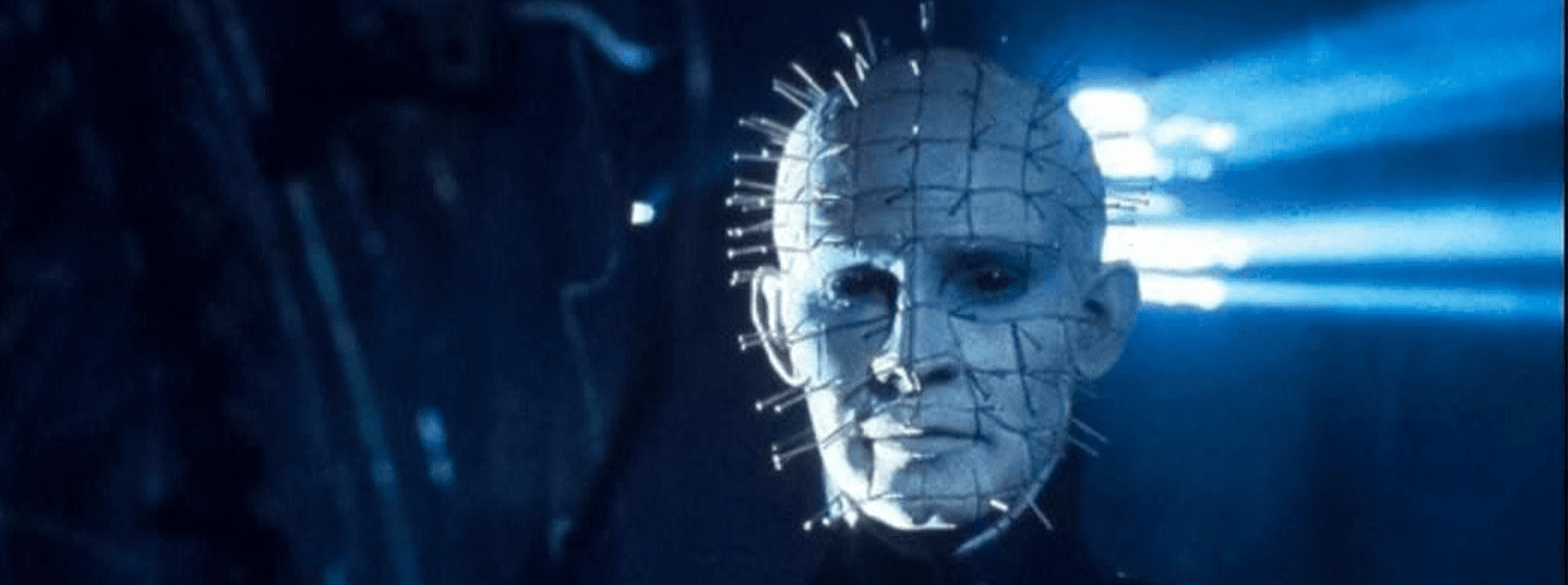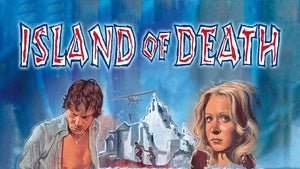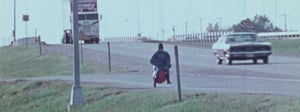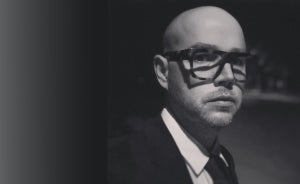James Balmont
Writer and expert1 year ago

I was 23 years old when I moved to Dollis Hill — a pleasant little North London suburb bordering the bucolic Gladstone Park; within sight of the Wembley Stadium arch; and just a stone’s throw from the Wing Yip Superstore in Cricklewood (a delectable culinary institution). It wasn’t verdant scenery, sporting heritage nor sumptuous Chinese foodstuffs that drew me to the area — it was the dirt-cheap rent and access to the Jubilee line. But over a six-year stay, I also became fascinated by a dark local history that still hangs over the neighbourhood; it would unknowingly make it a conducive filming location for one of the most wicked horror films ever made.If you’ve watched Hellraiser — the infernal horror classic showcasing Satanic demons, BDSM costumes and superfluous blood and gore — you’ll have noticed that the ornate Cotton house, which harbours the portal to a hell of unimaginable pain and suffering, doesn’t seem particularly fitting of the film’s supposed setting. Indeed, while the exact location is ambiguous, the dubbing of American accents over actors’ voices would indicate a US locale. A passerby wearing a Yankees baseball cap in one scene, meanwhile, lends further credence to a theory, bolstered by the more obvious settings of the third and fourth film entries, that it might even be New York.But as much as Pinhead was inspired by the pierced patrons of a New York hardcore S&M club, the Edwardian architecture of the Cotton house — and the predominantly British cast and crew working on the original film — reveal the obvious truth: this is England, and more specifically, it’s Dollis Hill. 187 Dollis Hill Lane, to be exact. Both interior and exterior filming took place here, and while the three-storey property has long since been re-vamped into five separate apartments, it’s still generally recognisable from the street. Trust me — I was once a regular ogler.
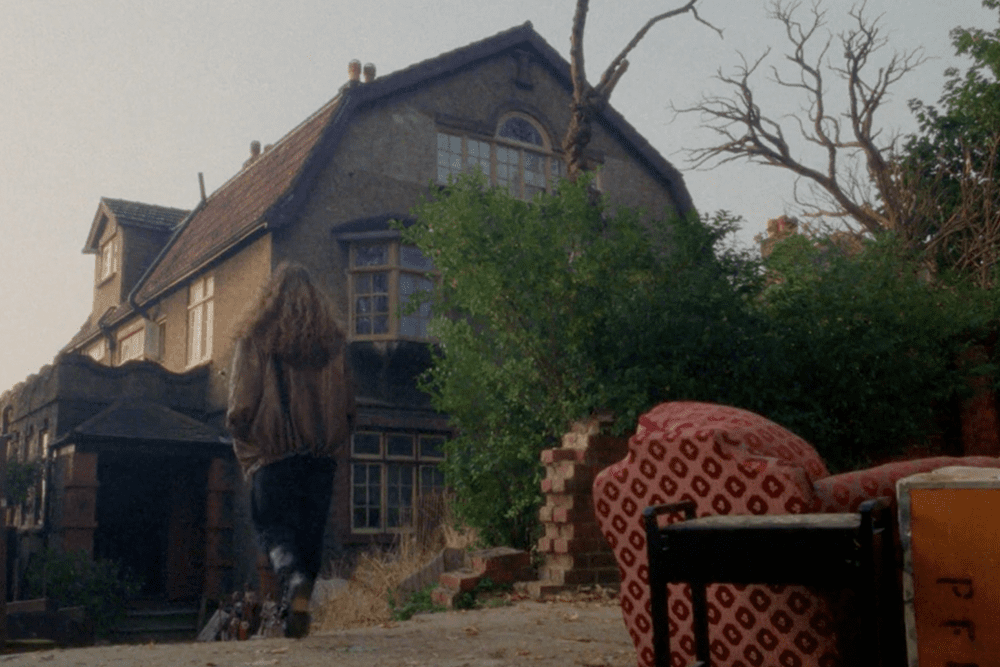
It’s fairly obvious why director Clive Barker chose to film somewhere like here. The original 1986 novella The Hellbound Heart was set in England, and the $900,000 afforded to the film by Roger Corman’s New World Pictures (who intended for the film to go straight to video) was never going to pay for anything too extravagant when there was so much blood, gore and grotesque make-up already to be budgeted for. But as it so happens, this unassuming suburb would be more conducive to the filming of a depraved horror movie than the filmmakers may have been aware of.It was in a boozy, late-night ride home that I first learnt of the grisly crimes that took place in Dollis Hill in the ‘80s. So shocking was the notion that I completely dismissed my taxi driver’s story as he pointed vaguely in the direction of one of the roads close to my home, enthusiastically recounting the unpleasant details. But the next day, my own research revealed it to be true: over three years between 1978 and 1981 — just a few years prior to Hellraiser’s production in 1987 — the murders of at least nine people took place at 195 Melrose Avenue, just a stroll across the Gladstone Park lawn from the Hellraiser House. The perpetrator is today regarded as one of the UK’s most notorious serial killers; “the British Jeffrey Dahmer”: Dennis Nilsen.
Ex-army corporal Nilsen became a junior police constable after moving to the area in 1973 — later taking up roles as a security guard, a civil servant and as a Jobcentre worker. While taking up residence in Melrose Avenue, Nilsen — a loner, supposedly depressed by his inability to form long-lasting relationships — began a chain of killings of men and boys, beginning with 14-year-old Stephen Holmes in December 1978. Holmes had been invited to Nielsen’s home after they met at a local pub, and after consuming alcohol and listening to music together the pair fell asleep together that evening. To prevent Holmes from leaving the following morning, Nilsen strangled him and then drowned his body in the bathtub. Holmes’ body was stored beneath the floorboards for eight months thereafter, before being disposed of via a bonfire in the back garden.

In the next three years, Nilsen killed at least eight further victims at Melrose Avenue in a similar fashion — though he would later claim a total “twelve or thirteen” murders at the property. The full details are truly disturbing, involving necrophilia and disembowelment in most instances. It wasn’t until mid-1981 that Nilsen vacated the Melrose Road premises at the behest of his landlord, who was keen to renovate. But his crimes wouldn’t end there — with three further men killed upon his move to an attic apartment at 23 Cranley Gardens in Muswell Hill, where he was later arrested in February 1983. The police arrived after plumbers discovered human remains in the drains. Nilsen was convicted of six counts of murder and two counts of attempted murder in November that year, and sentenced to life imprisonment. Only eight of his victims would ever be formally identified: their names were Stephen Dean Holmes, Kenneth Ockendon, Martin Duffey, William Sutherland, Malcolm Barlow, John Howlett, Graham Allen, and Stephen Sinclair.By the time of Hellraiser’s production in 1987, Nilsen had already been locked up for three and a half years — but the crimes that took place would hang heavy in the public consciousness thereafter. In 1989 — years after Nilsen’s arrest had made front page news in 1983; and a year after Hellbound: Hellraiser II had further cemented Pinhead’s status as horror icon — 21-year-old filmmaker Fhiona Louise would be inspired to create a horror film inspired by Nilsen’s crimes. Cold Light of Day won the UCCA Venticittà Award at Venice Film Festival the following year. It was released via Arrow Video in October 2020 — the same year that former Doctor Who David Tennant played Nilsen in the ITV miniseries Des.In Spring 2016, 195 Melrose Avenue was sold to new owners for £493,000 — only a 10% discount on the going price of similar surrounding properties in the area. The first-time buyers who took the property were reportedly undeterred by its grisly history, even after being advised by the estate agent to research the crimes that had taken place on site. They gave the property a makeover before receiving planning permission from the council in May 2023 to convert it into a six-bedroom family home — I must admit, it looked a nice enough place whenever I walked past.Still, given the choice, I think I’d rather move into the Hellraiser house in Dollis Hill — even if the downstairs neighbours are a bit of a pain to put up with.
https://www.youtube.com/watch?v=snTu52_QKqE
James Balmont
Writer and expert

Related Articles

